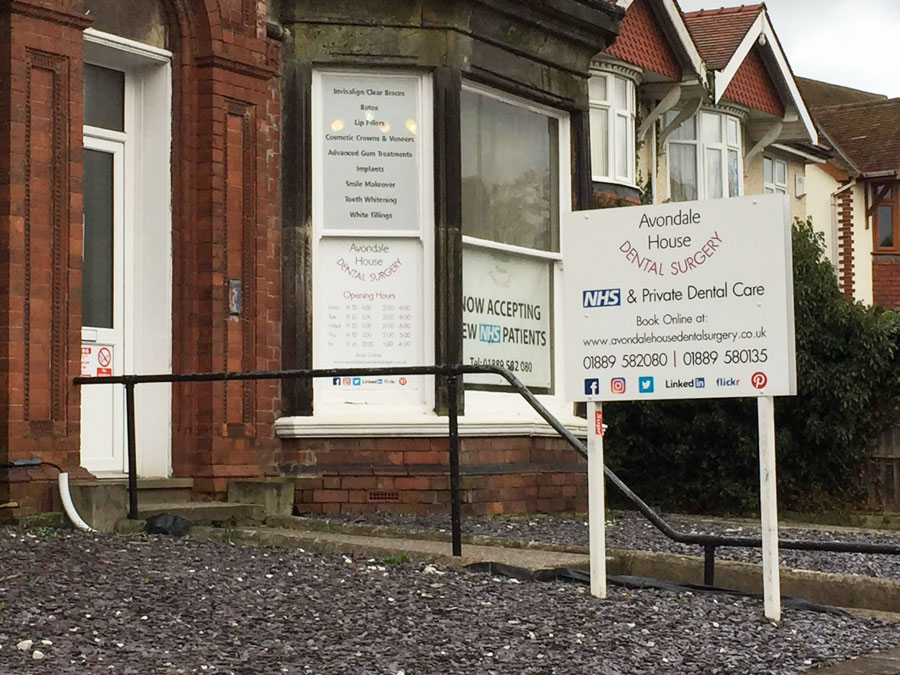The History of Rugeley Town | Ultimate Guide
Rugeley is a small market town located in the county of Staffordshire, in the West Midlands region of England. The town has a rich and fascinating history, dating back over a thousand years, and has played an important role in the development of the region. In this guide, we will take a closer look at the history of Rugeley, from its early beginnings to its current status as a bustling market town.
Early History:
The area now known as Rugeley has been inhabited since prehistoric times. Archaeological evidence suggests that the first human settlements in the area date back to the Neolithic period, around 4000 BC. During this time, the area was densely wooded, with small clearings where people could live and farm.
The first recorded mention of Rugeley comes from the Domesday Book, which was compiled in 1086. The book describes the town as a small settlement with a population of around 30 people, and notes that it was owned by a man named Roger de Montgomery, who was one of William the Conqueror’s most trusted advisors.
Medieval Period:
During the medieval period, Rugeley began to grow in size and importance. The town was strategically located on the main road between London and Chester, and as a result, it became an important center for trade and commerce. In 1215, King John granted Rugeley a charter to hold a weekly market, which helped to boost the town’s economy.
In the 14th century, Rugeley became a center for the wool trade, with many local farmers raising sheep and selling their wool at the town’s market. The town also had a thriving leather industry, with many tanneries located along the River Trent.
16th-19th Century:
During the 16th century, Rugeley continued to grow, and by the 17th century, it had become a major center for the brewing industry. Many local families began to establish their own breweries, and Rugeley became known for its high-quality beer.
In the 18th and 19th centuries, Rugeley became a center for coal mining, with many local mines producing coal for the rapidly growing industrial cities of the Midlands. The town also had a thriving pottery industry, with many local potters producing high-quality pottery that was sold throughout the region.
20th Century:
During the 20th century, Rugeley continued to grow and develop. In the 1960s and 1970s, the town underwent a period of rapid expansion, with many new housing developments being built to accommodate the growing population.
In the 1980s, Rugeley became an important center for the computer industry, with many large companies, including IBM and GEC, establishing offices in the town. This helped to boost the local economy and created many new jobs for local people.
21st Century:
Today, Rugeley is a thriving market town with a population of around 25,000 people. The town is home to a wide range of shops, restaurants, and businesses, and has a lively and vibrant community.
In recent years, Rugeley has become an important center for renewable energy, with many wind turbines and solar panels being installed in the surrounding countryside. The town is also home to a large power station, which provides electricity to homes and businesses throughout the region.
Conclusion:
The history of Rugeley is a long and fascinating one, spanning over a thousand years of human settlement and development. From its early beginnings as a small farming community to its current status as a thriving market town, Rugeley has played an important role in the history of Staffordshire and the West Midlands. Today, the town continues to grow and develop, and is a great place to live, work.
where is rugeley,
rugeley town councillors,
rugeley town council,
rugeley town centre map,
rugeley local authority,
rugeley council office,
rugeley train station,
map of rugeley town,

Best Dentist Rugeley NHS, Private Cosmetic Dental Surgery in Rugeley Staffordshire.
nhs dentist rugeley,
my dentist rugeley,
avondale dentists rugeley,
rugeley dental practice,
dentist anson street rugeley,
horsefair dental practice rugeley,
serenity dental care rugeley,
avondale house rugeley, best dentist rugeley, rugeley dentist,

